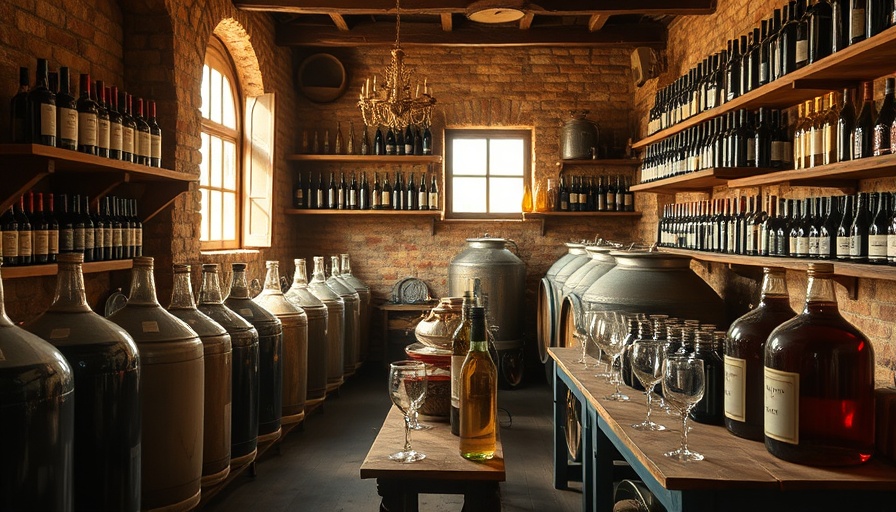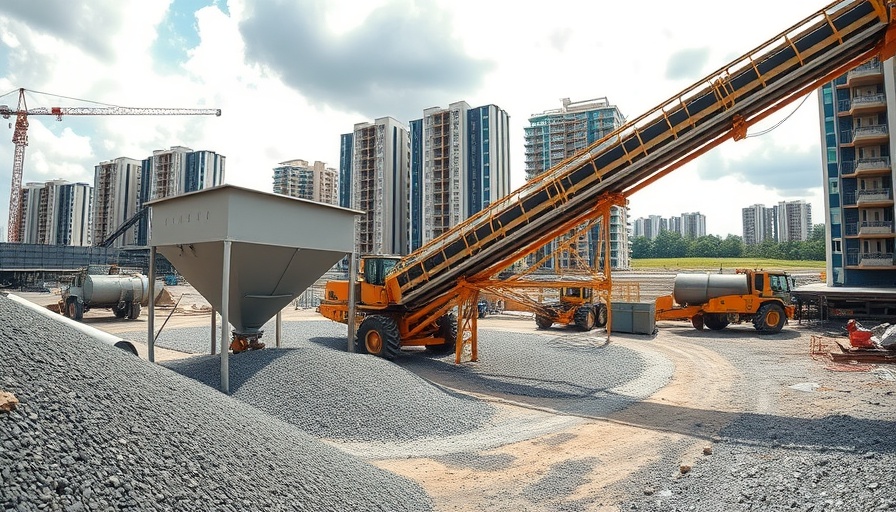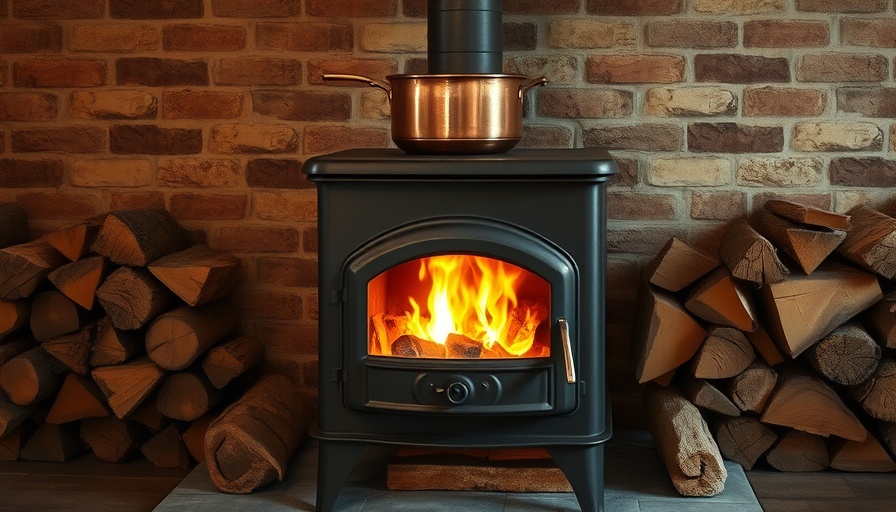
Uncorking the Joy of Amateur Winemaking
For the young homeowners in London who love DIY projects and sustainable living, amateur winemaking offers a delightful opportunity to create something personal and rewarding. Unlike professional vintners bound by strict regulations, amateur winemakers embrace creativity, experimentation, and, most importantly, joy in the process of crafting their wines. The journey doesn’t just revolve around fermentation; it’s a yearly adventure that requires planning, creativity, and a strong connection to nature.
January: Planning for Your Winemaking Year
While many consider January the beginning of the new year, for amateur winemakers, it’s about preparation. The year starts with anticipating what’s to come rather than reflecting on the past. As catalogs for wine supplies arrive, it’s a cue to draw up your winemaking plan. This step is instrumental as it sets the tone for the entire winemaking journey. Picture yourself pouring a refreshing homemade rosé into a glass while hosting friends for a summer barbecue. That kind of anticipation fosters excitement and creativity.
Embracing the Seasons: July and August
The summer months bring a surge of activity, particularly in July and August as grape growing conditions unfold. For those interested in sustainable living, it’s essential to align winemaking choices with nature’s rhythms. Grape quality and yield can be influenced by the year’s weather patterns. Warmer climates may yield bold reds, while cooler seasons inspire lighter, sweeter wines. Understanding these nuances can lead you to produce wines that reflect the character of the season, allowing your creations to offer unique flavors and experiences.
September: Harvest Time
As summer fades, the excitement builds for the autumn harvest—a time when amateur winemakers feel a thrill akin to the holiday season. The year’s labor manifests in a bountiful harvest. Engaging in winemaking connects you to the land and fosters an appreciation for the agricultural processes involved. It's about more than just making wine; it’s about celebrating the abundance that nature offers. Gather your friends to help with the harvest, creating cherished memories while promoting community connections with each grape picked.
The Science & Art of Winemaking
Sustainable living isn’t just about growing your food; it’s about understanding the processes that create it. Each stage of winemaking, from fermentation to bottling, presents an opportunity to learn more about both the craft and the science behind it. For instance, understanding the importance of pH balance can transform your winemaking game. Resources such as community workshops or local winemaker meetups can provide valuable insights into techniques and best practices. This knowledge-sharing environment encourages a bond among local community members as you all learn and grow together.
Future Trends in Amateur Winemaking
As technology continues to weave its way into our daily lives, it finds its place in the world of winemaking too. Smart home tech can help monitor fermentation temperatures or provide alerts for specific winemaking intervals. Imagine utilizing connected devices to ensure your wine is nurtured in the best conditions possible, all while resonating with your eco-conscious values.
Final Thoughts: A Call to the Young Winemakers
As the seasons change and you consider your winemaking journey, take a moment to reflect on the simple joys that come with crafting your wine. It’s more than a pursuit of the perfect bottle—it’s about enriching your life and community through creativity and sustainability. We encourage young homeowners to consider this healthier, happier approach to winemaking and perhaps share the bounty with neighbors, fostering bonds that strengthen community ties.
 Add Row
Add Row  Add
Add 




Write A Comment